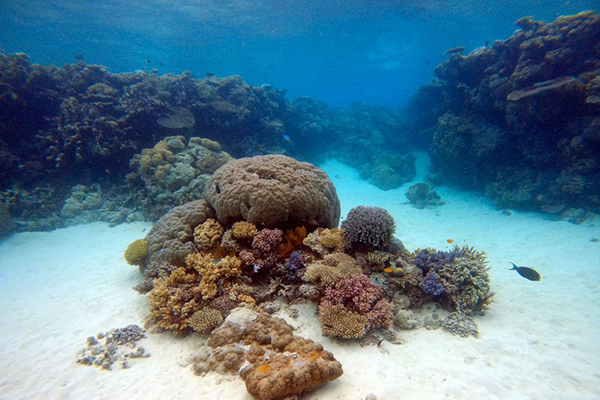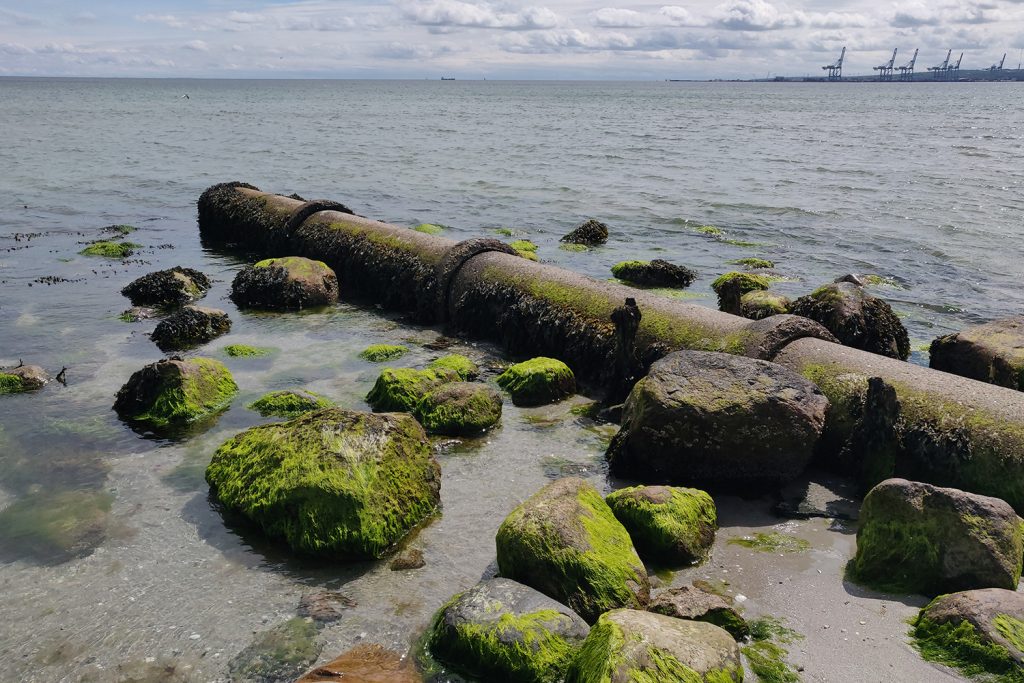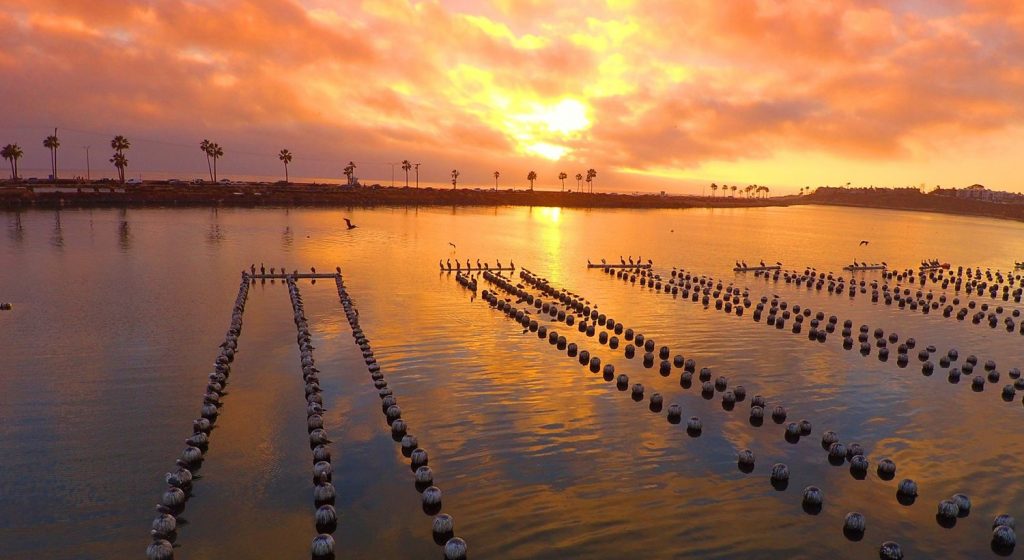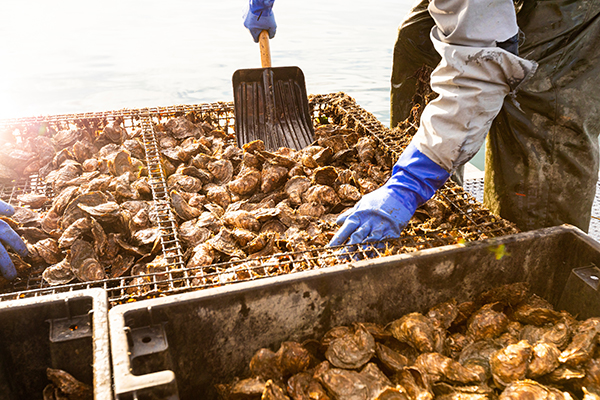Study finds Blacklip Rock oysters can effectively remove harmful nutrients from tropical waterways

A new study has found that oysters could be very useful in removing nutrient pollution from tropical waterways, including the Great Barrier Reef. The researchers examined the effectiveness of using Blacklip Rock oysters to remove nitrogen, phosphorous, solids and chlorophyll from waterways.
“The problem is the nutrient-rich wastewater (e.g. high in nitrogen and phosphorus) can degrade marine environments and this, in addition to costly water treatment practices, has prompted interest in biological filtration methods,” said Professor Jan Strugnell, co-author of the study and professor at James Cook University.
Strugnell said the organic content of wastewater from aquaculture – such as fecal matter and undigested food – can provide a rich supply of food for oysters. They can also assist in the removal of fine sediments from the water column.
“The tropical Blacklip Rock oyster has several characteristics that suggest it would be well-suited to bioremediatory applications,” said Strugnell. “These include a large size and fast growth rate, and resilience to fluctuations in temperature and salinity.”
The scientists tested Blacklip Rock oysters’ uptake of waste over different temperature ranges and with different densities of the animal. The findings highlight the effectiveness of the oyster is closely linked to temperature, with 32 °C (89.6 °F) returning the highest filtration rate for much of a five-hour period.
The Blacklip Rock oyster was found to have a filtration rate three to five times higher than other frequently cultured oyster species, with Strugnell suggesting that it may be well suited to biofiltration roles. The findings indicate that 1.20 kg (2.64 lbs) of nitrogen is removed per ton of harvested oysters.
“In 2020/21, the oyster industry in New South Wales harvested 5,081 tons of oysters,” said Strugnell. “If tropical oyster production in Queensland grew to this scale it would remove approximately 6,098 kg (13,443 lbs) of nitrogen per year and contribute to a 6 percent reduction in total nitrogen per year from aquaculture farms in the Great Barrier Reef catchment
The next step is farm-based trials to build on the findings from the lab studies.
Now that you've reached the end of the article ...
… please consider supporting GSA’s mission to advance responsible seafood practices through education, advocacy and third-party assurances. The Advocate aims to document the evolution of responsible seafood practices and share the expansive knowledge of our vast network of contributors.
By becoming a Global Seafood Alliance member, you’re ensuring that all of the pre-competitive work we do through member benefits, resources and events can continue. Individual membership costs just $50 a year.
Not a GSA member? Join us.
Author
Tagged With
Related Posts

Responsibility
Ocean acidification isn’t just a carbon story – it’s also about nitrogen
Dr. Barry Costa-Pierce on the connection between nitrogen, carbon dioxide and ocean acidification, and the importance of restorative aquaculture.

Responsibility
Climate change mitigation needs mariculture, new research concludes
NGO-academic collaborative study finds that mariculture “done right” can aid climate change mitigation by cutting greenhouse gas emissions.

Responsibility
As ocean acidification threatens the shellfish industry, this California oyster farm is raising oysters resistant to climate change
Despite the dangers to shellfish posed by ocean acidification, a forward-thinking California oyster farm is producing oysters resistant to climate change.

Responsibility
The Nature Conservancy defines restorative aquaculture in new study
The Nature Conservancy's latest study sets out a standard definition of and global principles for restorative aquaculture.



